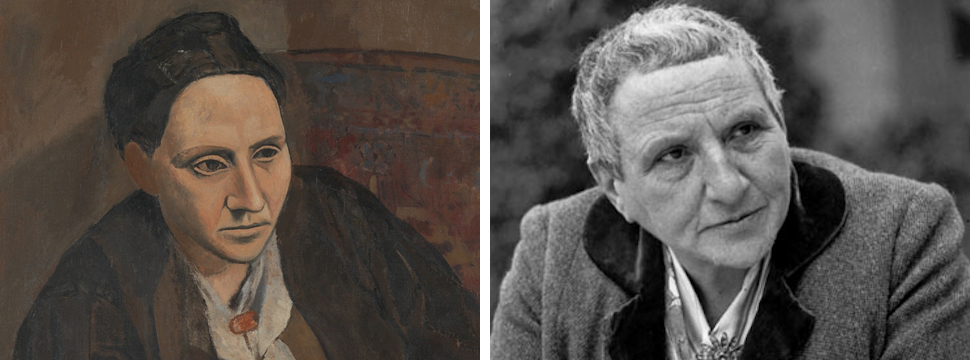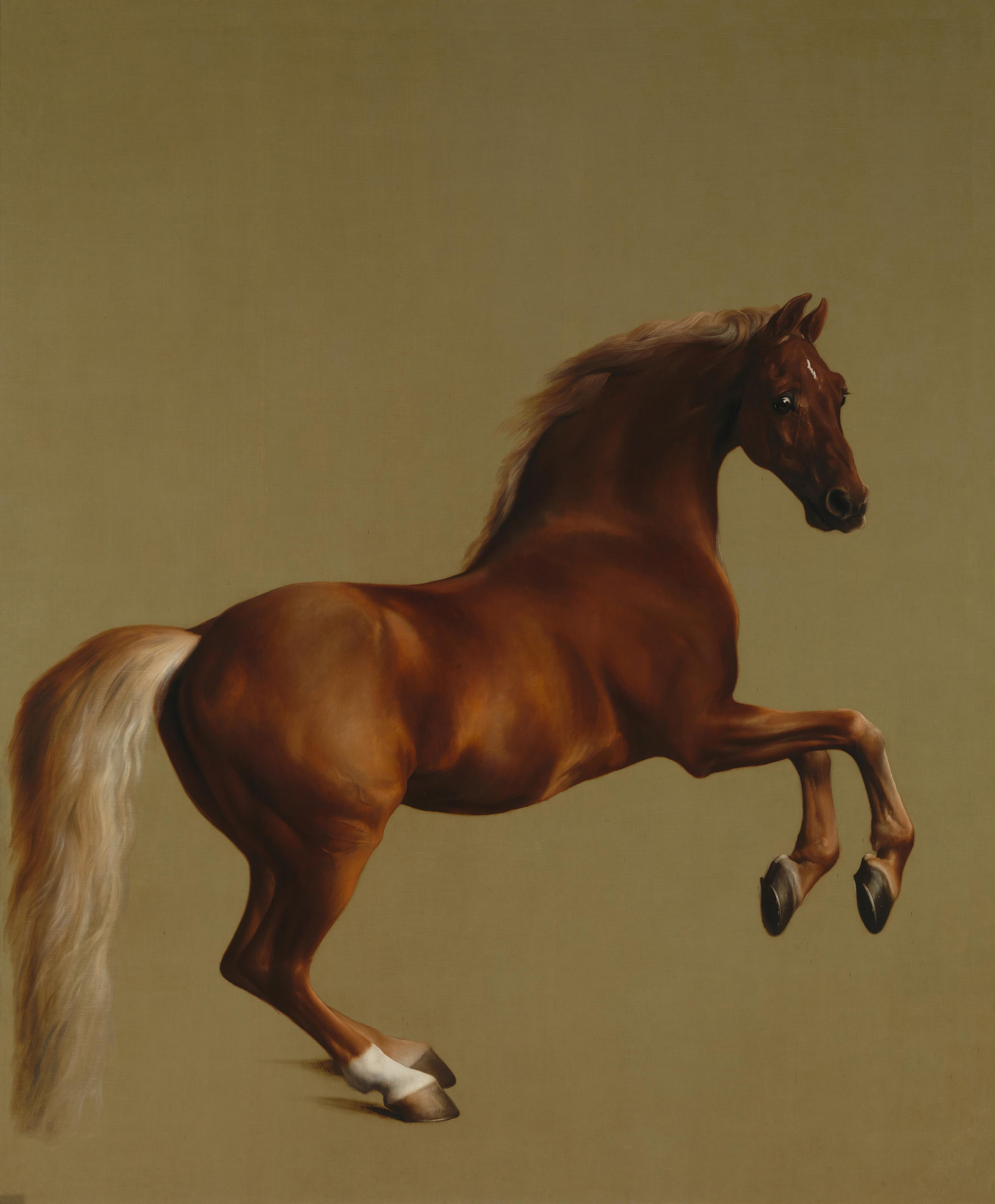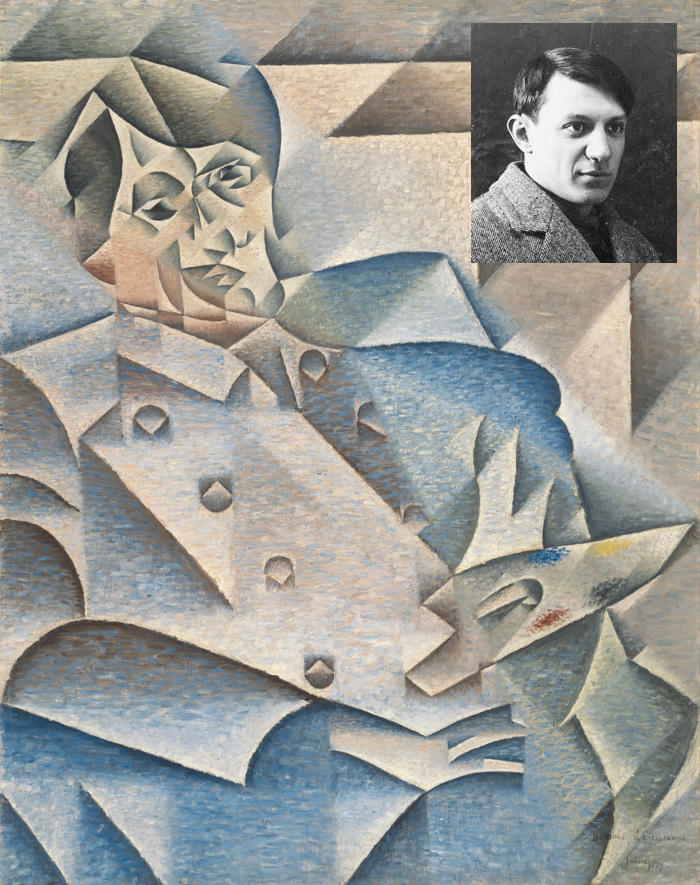
Your complimentary articles
You’ve read one of your four complimentary articles for this month.
You can read four articles free per month. To have complete access to the thousands of philosophy articles on this site, please
Articles
How Cubism Tried To Create A New Language
Stuart Greenstreet wonders why Cubist communication failed to catch on.
In 1906 Pablo Picasso painted a portrait of Gertrude Stein, an American avant-garde writer and art collector who had settled in Paris. To the complaint that the picture did not look like her, Picasso replied “No matter, it will.” What he meant is that when people had got used to ‘reading’ his new way of representing things they would be able to see the portrait’s likeness to Mrs Stein.
Picasso finished the Stein portrait two years before producing any of his explicitly Cubist works, and before the term ‘Cubism’ was invented. But it foreshadows Cubism through the influence of Cézanne’s late paintings, with their shifting, mobile viewpoint. However, Picasso and Cézanne had crucially different attitudes to their work. Cézanne drew his inspiration from his immediate visual reaction to the objects before him; whereas Picasso famously claimed “I paint objects as I think of them, not as I see them.” From 1908 onwards he was drawn to creating art according to his own internal vision.

Two representations of Mrs Stein
Stein images by Picasso and Jullien
A New Perspective on Art
Contrary to what these opening paragraphs suggest, this piece will not be about Picasso or Cubism. My subject is language or, more exactly, linguistics, which is the discipline of showing “why a particular sequence uttered or expressed by an individual has the form and meaning it does by relating it to the system of the language” (Saussure, Jonathan Culler, p.73, 1976). My reason for starting with Picasso is that he and the painter Georges Braque, his Cubist explorer-in-arms, were the first artists to think that the true character of painting and sculpture is that of script, and the first to respond artistically to this idea. Their mission from 1908 to 1914 was to make works of art composed of signs that could represent any object, say a fruit dish, in the round – that is to say, viewpoint-by-viewpoint, but representing these many different viewpoints at the same time. So as the eye travels over the picture or sculpture, it finds itself viewing the dish from above, behind, and in front at the same time. To achieve their aim they had to invent the language of Cubism, and turn away from so-called ‘mimetic’ art.
The mimetic theory of representation says that artists imitate nature by copying or mirroring it. The copied object is or was somewhere in the world. The world has already presented it to us visually, and the picture presents it again (represents it). Naturalistic representation is our visual mother tongue, so transparent that we immediately ‘see’ whatever such art depicts. We are so conditioned by such naturalism as the mode of representation that we are not conscious of reading art at all. So when asked, for instance, “What enables us to see George Stubbs’ painting Whistlejacket as a representation of a horse?” we reply, “Such resemblance as there is between a horse and the picture of Whistlejacket.”

This is not a horse.
Whistlejacket by George Stubbs, 1712
This common view of representation is contradicted by the ‘conventionalist’ theory of art, the essence of which was well put by the American philosopher Nelson Goodman. “Realistic representation” he wrote, “depends not upon imitation or illusion but upon inculcation. Almost any picture may represent almost anything: that is, given picture and object, there is usually a system of representation, a plan of correlation, under which the picture represents the object” (Languages of Art: An Approach to the Theory of Symbols, p.36, 1976). What Goodman means is that we recognise Stubbs’ Whistlejacket as a picture of a horse in the same sort of way as we recognise the words of a sentence.
Words represent; so do numerals; so do maps; so do graphs; so do non-abstract pictures. In the jargon of linguistics, this means that they are all forms of denotation. Words, numerals, maps, and graphs do not resemble what they represent; and nor is resemblance necessary for pictures representing what they represent. Words are conventional signs: any word – any given sound or set of letters, etc – could have represented anything. What a word does represent depends on the convention of the language system in which it is used.
The conventionalist theory in art says to recognise a picture as representing this or that, like recognising words and sentences as meaning this or that, requires mastery of a convention. Hence Goodman’s claim that if you are able to see what a picture ‘pictures’, you must know its system of representation, or we might say, the language it is using. If you’re inclined to doubt these claims, then consider Picasso’s ‘found object’ sculpture Bull’s Head (1942), which it depicts by using the seat and handlebars of a bicycle.
Goodman’s idea was grasped decades earlier by Daniel-Henri Kahnweiler, the dealer in Paris through whom Picasso and Georges Braque sold their work from 1907 to 1914. They had turned away from ‘imitation’, he said, “because they had discovered that the true character of painting and sculpture is that of a script. The products of these arts are signs, emblems of the external world, not mirrors reflecting it in a more or less distorting manner.”
This discovery was the breakthrough that released Cubism from the language of imitation. Painting has never been a mirror of the external world; it had always been the creation of signs. Cubist pictures are ‘realistic’ (in the sense of being legible) by reference to a language which the Cubists had devised for themselves. Picasso himself elaborated on this theme by referring to the tones of white, grey and ochre in the Cubist portraits he painted around 1909 as ‘attributes’:
“I suppose I use the word ‘attribute’ in the way a writer might use it rather than a painter; that is, as one speaks of a sentence with a subject, verb and attribute. The attribute is an adjective. It serves to qualify the subject. But the verb and the subject are the whole painting, really. The attributes were the few points of reference designed to bring one back to visual reality, recognisable to anyone” (Life with Picasso, Françoise Gilot, p.68, 1965).

Juan Gris’ Cubist portrait of Picasso,1912, and photo of Picasso, 1908 (inset)
Saussure’s System of Signs
Picasso’s simile, likening the colours of his Cubist portraits to adjectives, leads me to Ferdinand de Saussure (1857-1913), the Swiss founder of modern linguistics. Between 1907 and 1911, as a Professor at the University of Geneva, he gave three courses of lectures on general linguistics, in which he defined language as a ‘self-enclosed system of signs’. Noises count as speech only when they serve to express ideas; otherwise they are just noise. Likewise, marks on paper count as words and sentences only when they too express ideas; otherwise they are just scribble. And to communicate ideas, the noises (speech) or the marks (writing) must both belong to a system of signs.
For Saussure, every sign in a language system has two sides, like the sides of a coin. To take spoken language, one side is the pattern of sound, which is called the signifier: the other side is the concept in the mind of the speaker which a signifier picks out, which is called the signified. In this sense, the signified is what the speaker means. And although we may speak of a signifier and a signified as though they were separate entities, they exist only as components of a sign: each triggers the other. When spoken language is turned into script, a particular image or pattern of marks becomes the signifier, replacing the original pattern of sound.
One of Saussure’s key insights was that the connection between a signifier and a signified is arbitrary: there is no inevitable or necessary link between the mark and the meaning, as we may say. Although this may be counterintuitive, it is certainly true. Any sequence of sounds or script, or even gestures, commonly accepted in the speaker’s community, would serve equally well to stand for a different idea or concept in a different community, using a different system of signs, that is, a different language. For instance, the written word chat means a completely different thing in English compared to French. Spoken language is at root the wholly conventional but arbitrary pairing of a sound with a meaning; written language the equally conventional pairing of marks with meanings.
Notice how this confirms Nelson Goodman’s claim that almost any sign may represent almost any thing. There is no natural reason why the sound image ‘tree’, or the shape of the word on the page, must stand for the concept of a tree: after all, in French the signifier is ‘ arbre’; in Italian ‘ albero’; and in German ‘ baum’. But ‘tree’ does stand for the concept in English because there is a convention among speakers of the language that it will stand for that concept. Linguistic conventions are social arrangements, sets of social rules. To learn them is to accept a tacit contract with other speakers of that particular language that the signifiers mean what they commonly signify. We ‘contract’ to abide by the rules in order to communicate. And all languages have arbitrary signs as their basic elements.
Another surprising fact about signs – each sign combining a signifier and a signified – is that they are purely relational entities. It is the relationship between signs that is, for Saussure, the proper subject for linguistics. And the crucial relation is their difference. It is the difference between signs which distinguishes them one from another. Even a slight difference in the sound of a signifier’s initial consonant can change what it signifies, as in ‘sip’ and ‘zip’ (as well as in ‘dip’, ‘lip’, ‘nip’, ‘pip’, ‘rip’). But Saussure thought that even the concepts employed in a language are purely differential. He argued that, like signs, concepts are not defined by their content, but by their relation with other parts of the system.
This means that not only does a language arbitrarily choose its signifiers, it can also divide up a spectrum of conceptual possibilities in any way it likes. In his book Saussure, Jonathan Culler refers to the sound-sequences fleuve and rivière for an example. Obviously, these are signifiers in French but not in English. Less obviously but more significantly, the organisation of the conceptual scheme is also different in French and English. The English signified ‘river’ is opposed to ‘stream’ solely in terms of the size; whereas a French ‘fleuve’ differs from a ‘rivière’ not because it is necessarily larger, but because it flows into the sea, whereas a ‘rivière’ does not. In short, ‘fleuve’ and ‘rivière’ are not concepts in English. They represent a different way of analysing the conceptual realm.
Picasso’s Reordering
Picasso’s ‘Eureka!’ moment came in 1908, near the start of his Cubist period, when he happened to acquire two African tribal masks, one of which was a Grebo mask from the Ivory Coast. He derived the language of Cubism from these masks. They enabled him instinctively to see the two principles which Saussure was expounding at around the same time in Geneva: that the signs we use to express what we mean are purely arbitrary; and that their character is ‘non-substantial’ – in other words, they are identified by nothing but the differences between them.
Kahnweiler, Picasso’s dealer, was the first to emphasise the influence of the Grebo mask. He claimed that it was this mask which demonstrated to Picasso that the true character of painting and sculpture is that of script. Instead of imitating the contours of the human face, the mask presents a discrete set of signs: the cylindrical eyes, the box-like mouth, the narrow wedge of the nose – all arrayed on the plane of the face. These signs are simply assorted abstract shapes until the mask-maker has arranged them into a meaningful image. Picasso saw this act of artistic combination as analogous to syntax: that is, to the arrangement of words in the construction of sentences. This insight led him to develop a new pictoral syntax: his own way of reordering the artist’s array of signs. His aim was to ‘remake art’ by forging a new convention which we would have to learn before we could recognise what a particular image resembles.
However, although the signs that constitute a language, in sound, script, or image, are certainly arbitrary, there is little or nothing an individual, or even a community, can deliberately do to alter a linguistic convention once it is a lingua franca. So mirror-like naturalism remains the dominant conventional language for making and reading paintings and sculptures that represent the world. Cubism failed to displace mimetic art because too few people ‘contracted’ to become fluent in its language. It never became popular enough to become a convention.
© Stuart Greenstreet 2017
Stuart Greenstreet has earned a living as a civil servant, a business manager, and a writer. He first took up philosophy at Birkbeck College, London. After graduating from the Open University he did further philosophy and art history at the University of Sussex.









